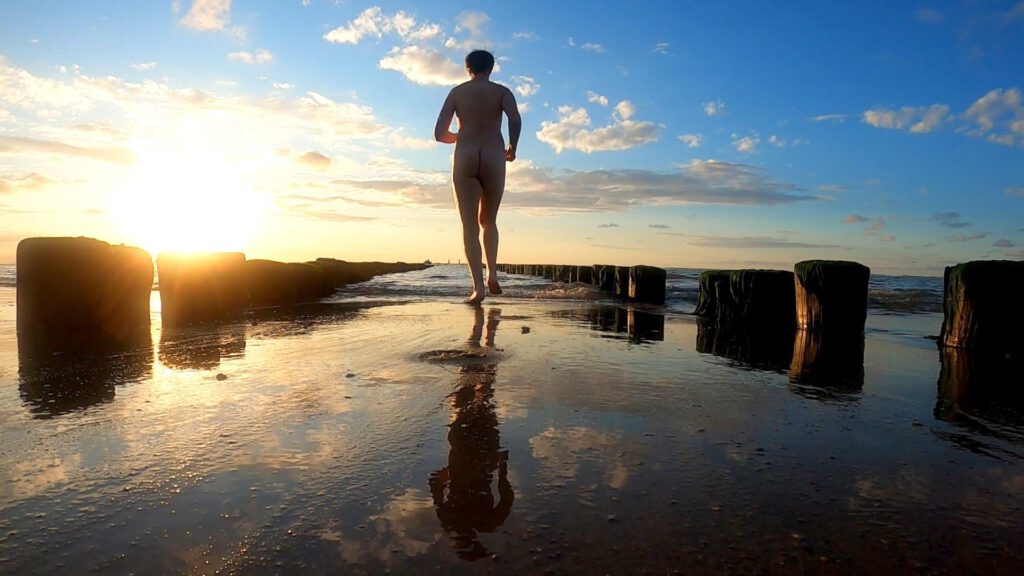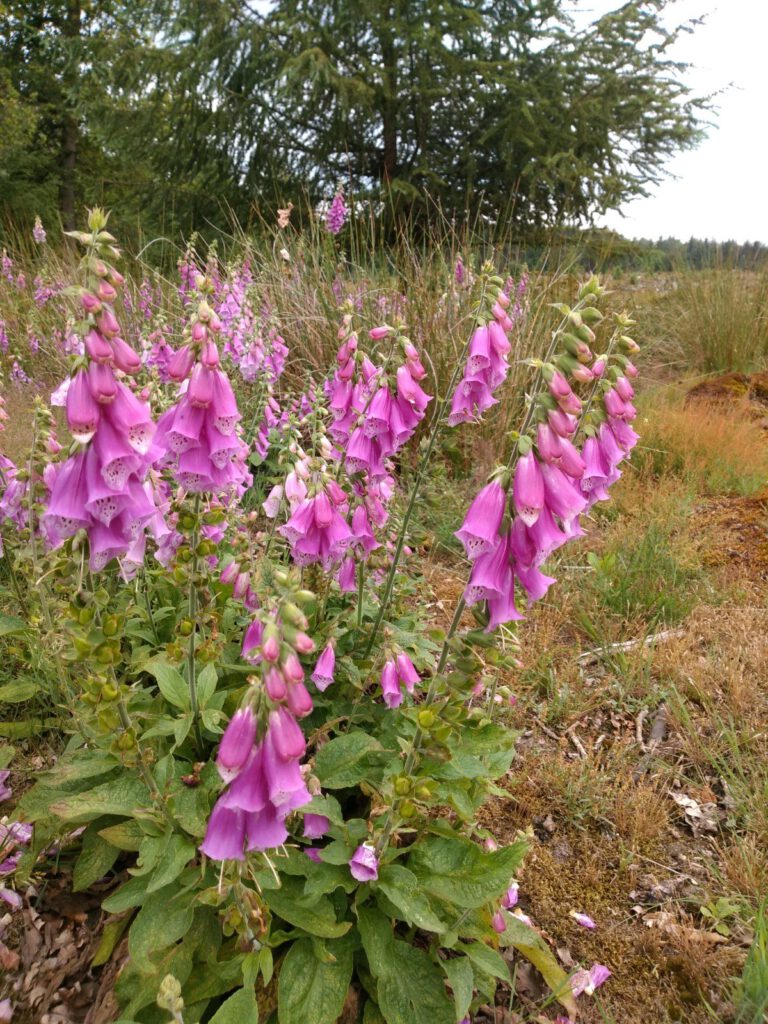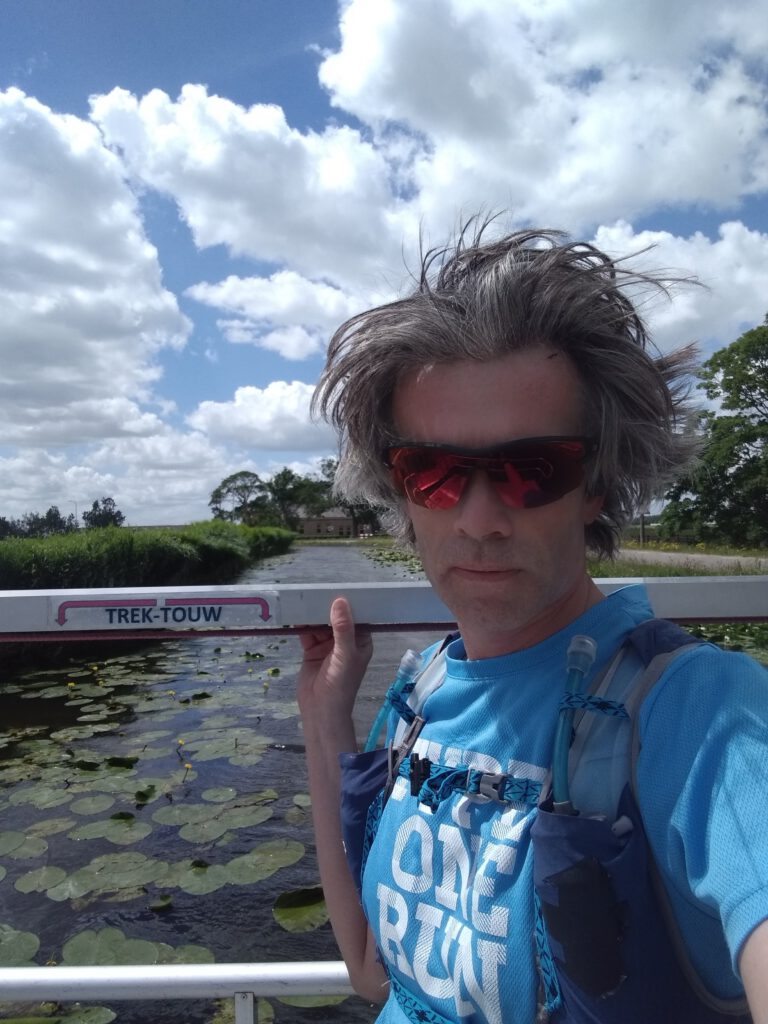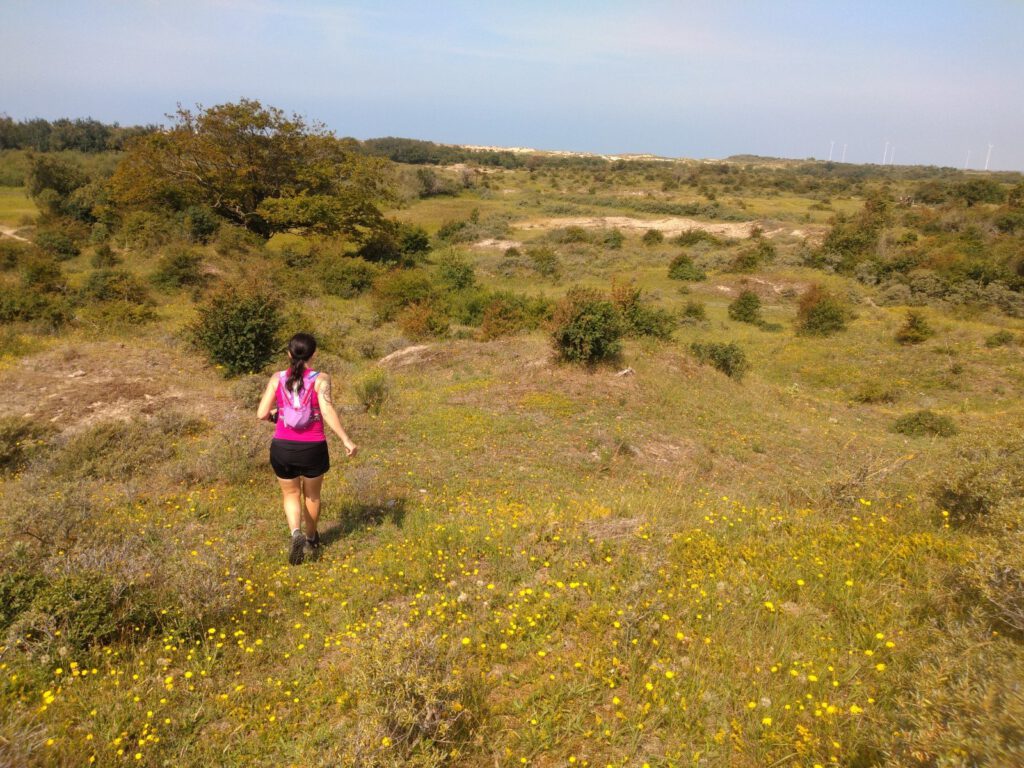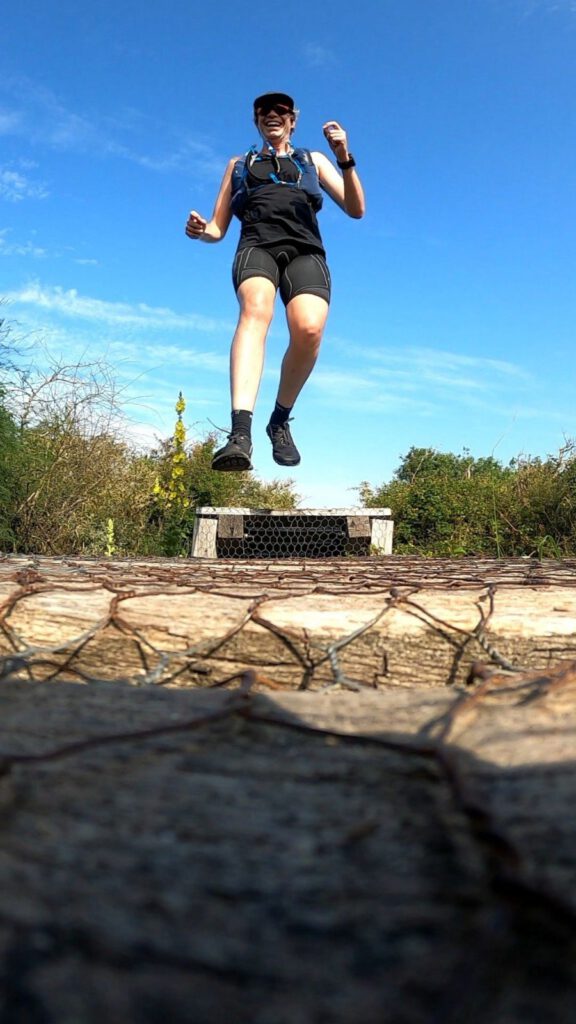
Is 1,000 km in 4 months a lot or not? After completing the GVRAT I still don't know, it's such a different type of race compared to one where you just run 40, 50 or 60 km in a day. And what do I do with the month and a half I have still left?
I've been on the verge of making a full post on the Great Virtual Race Across Tennessee (GVRAT) I'm in. It is a race of 1,022 km – the crossing from one side to the other of Tennessee – which you have to do between May 1 and September 1, so I've been working on it for a while now. But to be honest: I'm a bit superstitious when it comes to competitions. Even if everything goes according to plan, I don't want to defy fate.
Last Saturday I finally passed the 1,022 km. I managed it together with Ramona on a 25 km trail through Oostvoorne. The fact that this trail didn't go as expected, perfectly complemented the race. Because Ramona suffered from her back and wasn't really motivated by the heat, we walked a large part of the trail. That fits well with the GVRAT's principle, where both running and hiking count towards your mileage. After all, an ultra also consists of a lot of walking. And it certainly doesn't make the race much lighter: it takes twice as long to walk and that makes motivating yourselves even harder.
Lazarus Lake
For me, the GVRAT came at the right time. I had quite enough of the limited distances I had run since March – the start of the lockdown – to prevent too much stress on the immune system. I also thought challenging myself for a longer period of time might become a problem. At that time it was already clear that races wouldn't return soon (the smaller ones seem to continue now). But suddenly there came this race, organised by the legendary race director Lazarus Lake (aka ultrarunner Gary Cantrell), who also organises the Barkley Marathons that has become world renown because of all the documentaries. The Race that eats its young.
At first glance, GVRAT doesn't seem nearly as brutal as the Barkleys. To finish, all you have to do is make 1,000 km – and classic on trails 22 extra free kilometers not mentioned in the race's name – within 123 days. That's only 8.3 km per day (roughly 5 miles). Cantrell himself would do them all on foot. I myself wanted a mix of running and walking. With a daily lunch walk you're quickly at 3-4 km and the other kilometers would be no problem running. But of course there is also a competition element: how fast can I cover the distance and/or how far can I get?
Soon it became clear that most people reset the bar during the race. The mighty runners had done a full crossing in just a few days, and it was soon decided that multiple crossings or a 1,000 mile in the same period could add some spice to the race schedule. To see if you're on track, there are vultures. I keep saying that buzzard – usually buizerd – is the wrong name for these beasts, but in Tennessee that's what they call vultures. There is now a RAT-buzzard, a BAT-buzzard (Back Across Tennessee), et cetera. At one point they multiplied faster than rabbits.
Ultrarunners love numbers, and so everything was and is visualized in the main resource of this contest, the corresponding Facebook group. And on the website VacationWithoutACarwhere you can see your progress in Google Maps. Of course many Streetview posts followed on Facebook of people who saw their virtual self having to stay the night in haunted places.
Trail philosopher
Almost every day there was a post from Cantrell in the Facebook group. About his own progress with photos from the area. As a coach, to cheer us up. With philosophical reflections. They were really a pleasure to read and it is not surprising that some statements have already made it into t-shirts.
My favorite is ‘The old wolf hunts with the teeth he’s got‘ about how we should not compare ourselves too much with others. We should make the best of what we can achieve and be proud of that. A small quote:
There came a day for me, as there comes a day for every athlete, when the comparisons became a little more cruel. The years added up, and they did to me what they do to every athlete. The runner I could not compare to was me. The me that was still young and strong and on the way up. I could no longer even dream of doing the things I used to do. We are lucky as runners. In other sports there comes a day when you can no longer play. We still get to play, but we have to understand where we are in life. Our days of leading the pack are a thing of the past. The old wolf has to hunt with the teeth he's got. There is a gift that we get from this understanding. We can see so clearly what we missed when everything revolved around records and victories and championships. We see all around us that every wolf hunts with the teeth he's got. There are great performances all around us that we never saw before.
Hard work
Anyone who thinks Cantrell has been softened by old age: beware. A lot of the posts also contain a warning: that we shouldn't think it's over yet, that we can go the extra mile. It's the classic coaching story on which most 80s sports films from the US are based. A nice counterpart to the wolf message, for example, comes from the email I got after finishing the GVRAT:
Since you finished the RAT behind the 1000 mile buzzard, i dont need to tell you that she is feeling pretty confident. there was some buzzards hanging out at the local honky tonk last night, and that 1000 buzzard was talking some serious trash about you....
And Cantrell's absolutely right here, too. It's still hard work. Without too much trouble I would probably have met the deadline of September 1st. As long as I registered every walk. But I wanted more. And in the first month I reached about 400 km.
To get that distance, I really had to get out of my comfort zone. It meant running practically every day, at most skipping once a week. Supplemented with long walks of 8 km. And being horrified if you wanted to do an extra challenge, for which you wished to have two rest days. Because then you still have days of almost 0 kilometers to catch up to.
I learned a lot from the challenge. It's actually not those long races that pull in the miles – after all those rest days add up – but it's about relentless forward progress. Making small steps every day, takes you to the finish a lot faster. Just like in a 1-day ultra, running too fast at the start is not a smart idea.
Also the almost daily running went very well. That's why I dared to take on the challenge of the Krijtlandpad (100 km in three days), which I totally enjoyed, quite easily. Something I could also share in the group. My surroundings and insights helped others, just as I was inspired by their photos. My personal everyday surroundings I looked at with different eyes.
Dip
The holiday was really the moment for me to make a lot of miles. But there was also a dip afterwards. The number of planned challenges diminished – other challenges decreased in number as more normal events seemed possible under corona restrictions – and with the long runs the finish of the GVRAT seemed to be in sight. I also started to find it tougher, was slowly getting tired. I doubted for a moment how to continue.
You can even see this in my resting heart rate, which got a little higher the last few days. My VO2-max, which rose to 50 at the beginning of the race, also dropped back to the old level.
For those who love numbers, I have kept a spreadsheet of all walking and running kilometres from the start, so you can see how things went from day to day:

But the numbers don't reflect all the beautiful moments. The beautiful runs I described earlier on this blog. My walks around the house. Running in Zeeland, with a small dip (later a fuller story about a follow up of that idea). My white ‘shirt’ (i.e. the burn everyone had to laugh about). The discovery of how many Dutch people and emigrated Dutch people participate. The formation of our own team of type 1 diabetics within the race, which is also doing quite well. Et cetera.
Time to play
While running towards the finish line with Ramona, I managed to stay completely in the now. There's no wish or curse about the speed, it's just taking it as it is. Something I keep getting better at due to running.
And we ran without being too serious: playing on the obstacles of the mountain bike path. Watching the industrial sites opposite the beach. Getting lost because we don't want to pass a campsite and both have a slightly different map. Turning into a small path that's half overgrown, only to find the back of a prohibition sign when we reach the end of the path. I'm warned by Ramona that I have to leave a cow alone because they're always after her. And at the same time just being able to speak freely (ok that sign is a joke to our marathon adventures where I'm not allowed to chat).
Running is a lifestyle. We play and do what we can. And we can and we want to move on. On to the 1,000 miles. With a bit of luck, Ramona and Simone will want to come along once in a while to make it easier.






